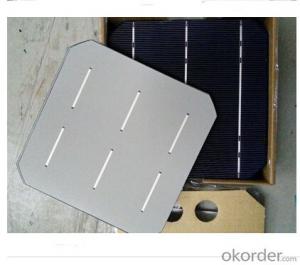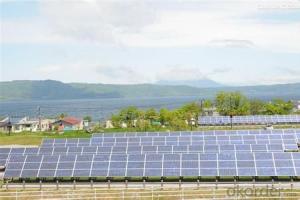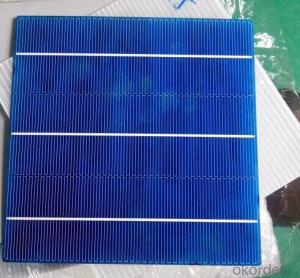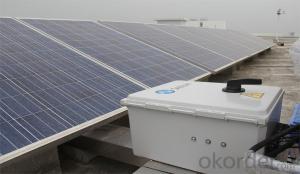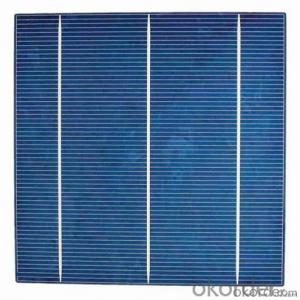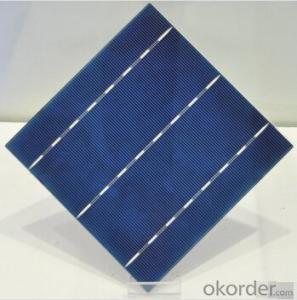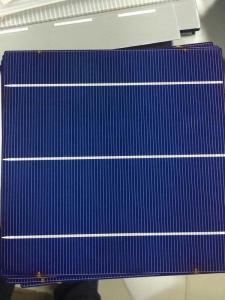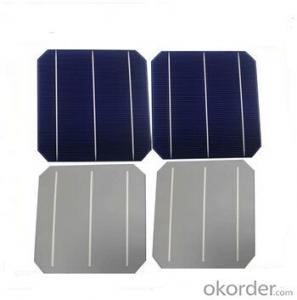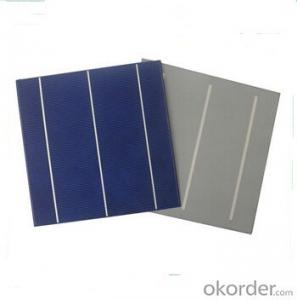Printed Solar Cells Technology
Printed Solar Cells Technology Related Searches
Except For Solar Cells Weegy Problems With Solar Cells High Power Solar Cells Light Trapping In Solar Cells High Performance Solar Cells High Output Solar Cells High Wattage Solar Cells Energy Transfer In Solar Cells High Efficiency Hvac Systems Recombination In Solar CellsHot Searches
Cheap Solar Cells For Sale Flexible Solar Cells For Sale Q Cells Solar Panels For Sale Printed Solar Cells For Sale Bulk Solar Cells For Sale 6x6 Solar Cells For Sale Broken Solar Cells For Sale Cpv Solar Cells For Sale Photoelectric Cells For Sale Price Of Silicon Solar Cells Price Of Solar Cells Over Time Buy Solar Cells From China Cheap Solar Cells China Best Type Of Solar Cells Flexible Solar Cells Price Q Cells Solar Panels Price 3 Types Of Solar Cells Production Of Solar Cells Common Types Of Solar Cells Q Cells Solar Panel PricesPrinted Solar Cells Technology Supplier & Manufacturer from China
Okorder.com is a professional Printed Solar Cells Technology supplier & manufacturer, offers integrated one-stop services including real-time quoting and online cargo tracking. We are funded by CNBM Group, a Fortune 500 enterprise and the largest Printed Solar Cells Technology firm in China.Hot Products
FAQ
- Yes, solar cells can be used for military applications. They can provide a reliable and renewable source of power in remote and off-grid locations, reducing the dependency on fuel logistics. Solar cells can be used to power communication systems, surveillance equipment, and even provide energy for soldiers in the field. Additionally, solar-powered devices are silent, making them suitable for stealth operations.
- Yes, solar cells can be used in combination with batteries. The electricity generated by solar cells during the day can be stored in batteries for later use, allowing for a continuous supply of power even when the sun is not shining or during power outages. This combination is commonly used in solar energy systems to enhance their reliability and provide a sustainable source of electricity.
- The amount of energy a solar cell can produce largely depends on its size, efficiency, and the amount of sunlight it receives. On average, a typical solar cell can convert around 15-20% of sunlight into usable electricity. Therefore, the energy production can vary, but a single solar cell can typically generate up to a few watts of power.
- The advantages and effects of solar energy
- The advantages of solar energy: solar energy as a new energy, it has three characteristics compared with conventional energy: First: it is the most abundant energy available to humans.It is estimated that in the past 1.1 billion years, the sun consumed Its own energy of 2% .In the future enough to supply the Earth human beings, the use of billions of year
- The history of solar cells
- lithium sulfur dioxide battery and lithium thionyl chloride battery is very characteristic. Their positive electrode active material is also the solvent of the electrolyte. This structure only occurs in the electrochemical system of non-aqueous solution. Therefore, the research of lithium batteries has also promoted the development of nonaqueous system electrochemical theory. In addition to the use of various non-aqueous solvents, people also carried out the polymer thin film battery research.
- Solar cells generally perform slightly less efficiently in areas with high levels of humidity. This is because the moisture in the air can scatter and absorb some of the sunlight before it reaches the solar cell, reducing its overall power output. However, modern solar cell technologies have been developed to minimize this effect and maintain a satisfactory performance even in humid conditions.
- Yes, solar cells can be used to power remote surveillance cameras. Solar cells convert sunlight into electricity, making them a reliable and sustainable energy source for remote locations where power supply may be limited or unavailable. By harnessing solar energy, surveillance cameras can operate continuously without the need for frequent battery replacements or connection to electrical grids.
- Solar cells have a significant impact on reducing air pollution from power generation. By harnessing the sun's energy to produce electricity, solar cells generate clean and renewable power without emitting pollutants such as greenhouse gases, particulate matter, and toxic chemicals. This shift towards solar energy helps decrease the reliance on fossil fuel-based power plants, which are major contributors to air pollution and climate change. As solar cells continue to become more efficient and affordable, their adoption can play a crucial role in improving air quality and mitigating the harmful effects of power generation on the environment.



















